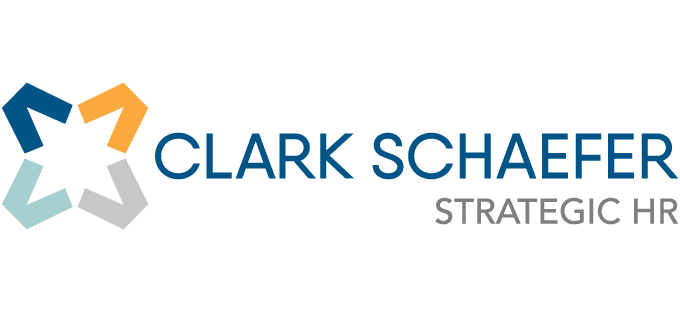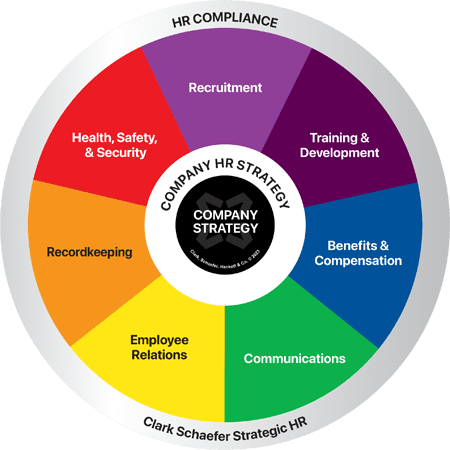Developing a Retention Strategy
Last Updated on July 10, 2019 / HR Strategy
Question:
We know that finding and hiring good talent is a real challenge. Fortunately, we don’t have many open positions right now, but how do we keep the talent that we have? What can we do to prevent our employees from leaving and improve our retention?
Answer:
This is an excellent question! And one that all employers should be asking themselves and directing time and resources to address retention. Like most strategies, there’s no ‘one size fits all’ solution. There are, however, a number of things that organizations can do to engage (and hopefully, retain) the employees they have.
-
- Identify your high performers and high potential employees and actively re-recruit them to ensure retention. Consider those employees who consistently exceed expectations, deliver results, the positive influencers in your organization or those in mission critical positions. Dedicate time to solicit their feedback, understand their challenges, remove barriers that may be hindering their success or satisfaction level, and provide regular opportunities for growth and development. These steady performers often get the least amount of time and feedback from their managers, while poor performers oftentimes suck up the bulk of time. Managers should make a regular habit to change that.
- Make sure your compensation and benefits are competitive. According to a Glassdoor survey, nearly half (45 percent) noted that salary was among the top reason for employees changing jobs, followed by career advancement opportunities, benefits and location.
- Survey your employees to gain a better understanding of what’s important to them and solicit their ideas to improve your work place. Annual surveys can be a great way to get input from your employees on key issues (i.e. engagement, benefits, leadership, etc.) to help you develop a retention strategy. One word of caution…. it’s imperative that organization be transparent about the results and be ready to act upon the feedback that’s given. To maintain credibility, share survey results (the good and the bad) with employees and prepare an action plan to work and improve on the areas you can make a positive impact.
Instead of an annual survey, many organizations have begun the use of employee pulse surveys. These surveys are often just one or two questions that employees are asked to answer more frequently (i.e. monthly, weekly). They are short and very specific, helping give you an immediate picture of what is happening in your workplace. These surveys allow you to get deep into the issues at hand for quick and immediate response. One of our favorites is TinyPulse but you can also create your own on a tool like SurveyMethods.
- Train and develop your managers. How often have you asked someone why they chose to leave a good organization, only to find it was because of their immediate supervisor? Supervisors have the greatest impact on the work environment. To be effective, first line supervisors need to be as adept at people-managing skills as they are in their technical capabilities. Communicating effectively, identifying how to motivate diverse individuals, approachability, and showing a genuine interest and caring about their direct reports – are all just a few of the skills needed to create a positive workforce. No matter how strong your benefits and compensation packages may be, a poorly skilled supervisor can have devastating effects on morale and to your turnover.
A key component of your HR Strategy includes understanding your employees. This means taking the pulse of your employees through employee surveys to identify what you are doing well and where you could improve. Strategic HR can help you by creating a custom survey to meet your needs and facilitating the survey as a neutral third party. Visit our Employee Surveys page to learn more about how Strategic HR can help you.




